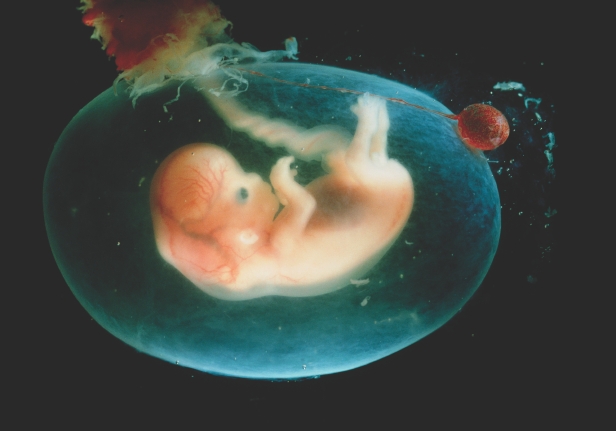Oh, it's so nice to see an RGB portrait of a nebula as an APOD!

And congratulations, Roberto Colombari, your APOD is so well-deserved. You are definitely one of my favorite astrophotograpers here at Starship Asterisk*!
Actually, it is probably an HαRGB image. I was unable to find any technical details of the image, as the
featured image link took me to an error message.
But Hα or not, please enjoy the colors of the nebula. The "edge" of it, where gas and some dust is piling up, is bright red. This is slightly similar to
Barnard's Loop.
The Lagoon Nebula, framed by piled-up
red-glowing gas. Photo: Ignacio Diaz Bobillo.
But even a famous nebula like the Lagoon Nebula has exactly this "red edge" surrounding it. As far as I can understand, Ignacio didn't use an Hα filter for his image.
Like IC 1848, the Lagoon Nebula is divided into two parts. The prominent dust lane that has given the Lagoon Nebula its name is the dividing line. On the left side of it is the cluster NGC 6530, and on the right side is the powerful O6-type star 9 Sgr and the newborn star Herschel 36.
IC 1848 is similarly divided into two parts. The left part is centered on O7V-type star HD 18326, and the larger, right part contains several O-type stars: SAO 12499, spectral class O7.5V, HD 17520, spectral class O8V+O9, HD 237019, O8V, and HD 17505, an evolved O-type binary star.
Note how the inner, rarefied part of the nebula is tinted with blue. These parts are quite near the hot stars, and they likely contain quite a lot of green-colored OIII emission. There might also be appreciable amounts of bluish Hβ, as well as tiny amounts of dust reflecting the blue color of the stars.
Personally I have always thought that the moniker "Soul Nebula" is a bad name for IC 1848. It clearly looks like a baby, lying on its back, head to the left, (fat) body to the right. It's the Baby Nebula to me! Or, better yet perhaps, the Fetus Nebula?
IC 1848. Photo: Tom Diana.
Just check it out - the image at left by Tom Diana makes the Fetus Nebula look like a human fetus floating in its amniotic sac!
Ann
 IC 1848: The Soul Nebula
IC 1848: The Soul Nebula

